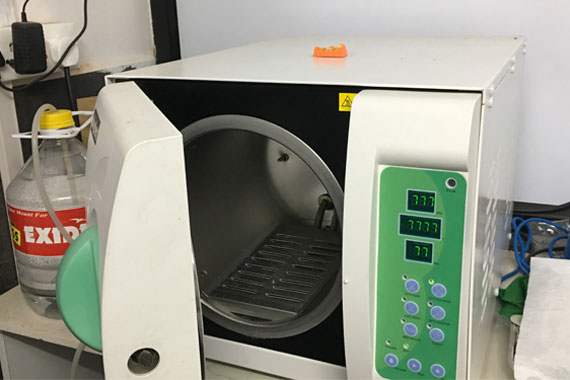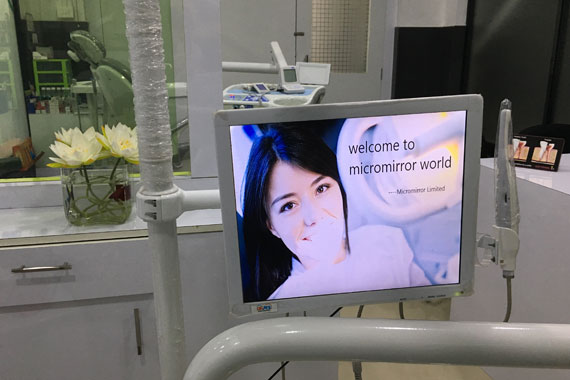Our Technology
While technology is constantly changing, Dr. Jinu's Dental Clinic is committed to provide you the best service possible. Dr. Jinu takes pride in providing her patients with state of the art technology to better serve them. Dr. Jinu's Dental Clinic strives to stay up to date on the newest technology available to enhance your comfort level and optimize your experience at the Clinic.
X-RAY
ACTEON SATELEC X-MIND XRAY UNIT WITH SATELEC RVG
- Have better quality viewing capabilities than traditional film x-rays
- Take the waiting out of the development process allowing us to see what is going on immediately
- Prevent issues from going undetected and/or missed
- Decrease your time in the chair



AUTO CLAVE
SKYDENT CLASS B FRONT LOAD AUTOCLAVE
An autoclave is a pressure chamber that is used to sterilize equipment and supplies. When these items are placed inside the autoclave they are exposed to high temperature steam (usually around 132 degrees Celsius or 270 degrees Fahrenheit) for about twenty minutes.This hot steam will kill germs that simple detergent or boiling water could not.
INTRA ORAL CAMERA
Intraoral cameras are small digital cameras that are about the size of a pen that have the capability to connect to a large screen to show real-time images as a mouth is being examined. This device helps educate our patients by providing them with information allowing them easily to understand the condition of their oral health.


ENDO MOTOR
Rotary and reciprocating systems that can make root canal treatment easier to perform. Rotary end-motor which helps in cleaning and shaping of root canals rather than hand filing. Endodontic electric motors are a part of this advancement as they provide clinicians with the ability to use special endodontic Nickel-titanium (NiTi) files.
NiTi files have many practical benefits:
- Time Saving: with practice a standard molar can be totally cleaned and shaped in far less time than hand instrumentation.
- Less post-op pain owing to debris being extruded from the canal during the crown-down technique instead of being pushed through the apex during step-back.
- Less Fatigue for the operator compared to hand instrumentation.
- Less Transportation of canals.
- Predictable results every time even when dealing with curved canals.

